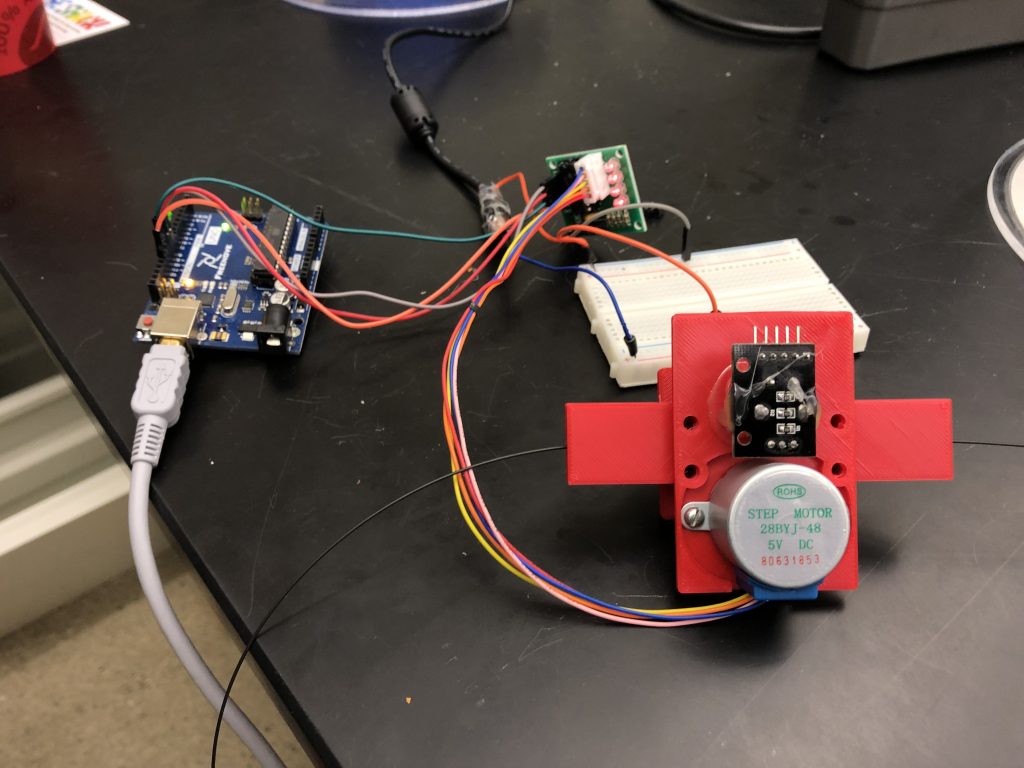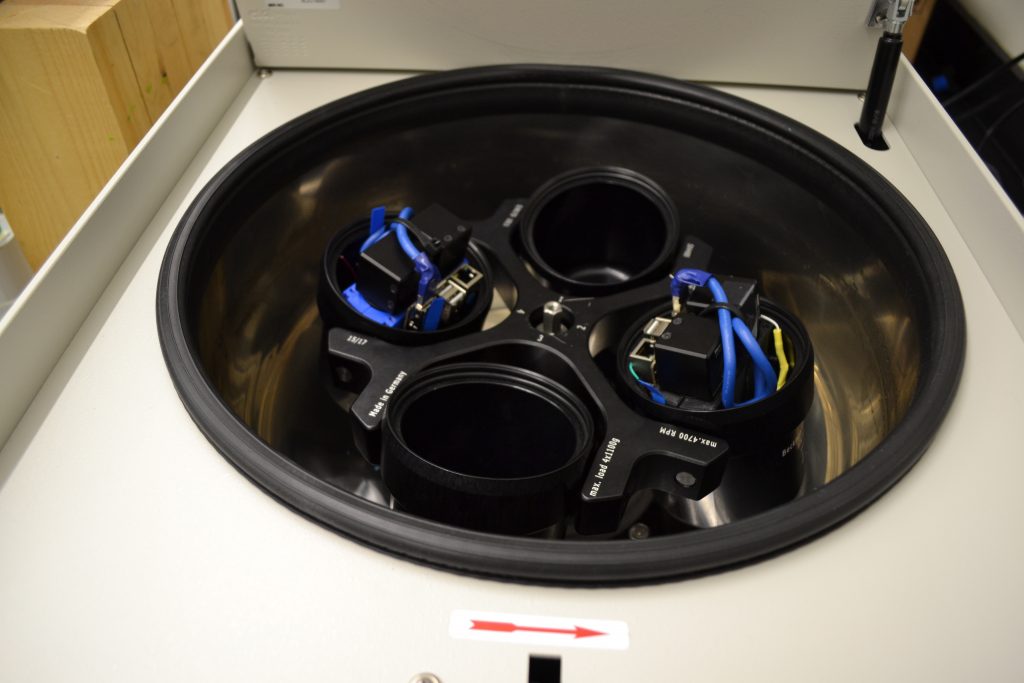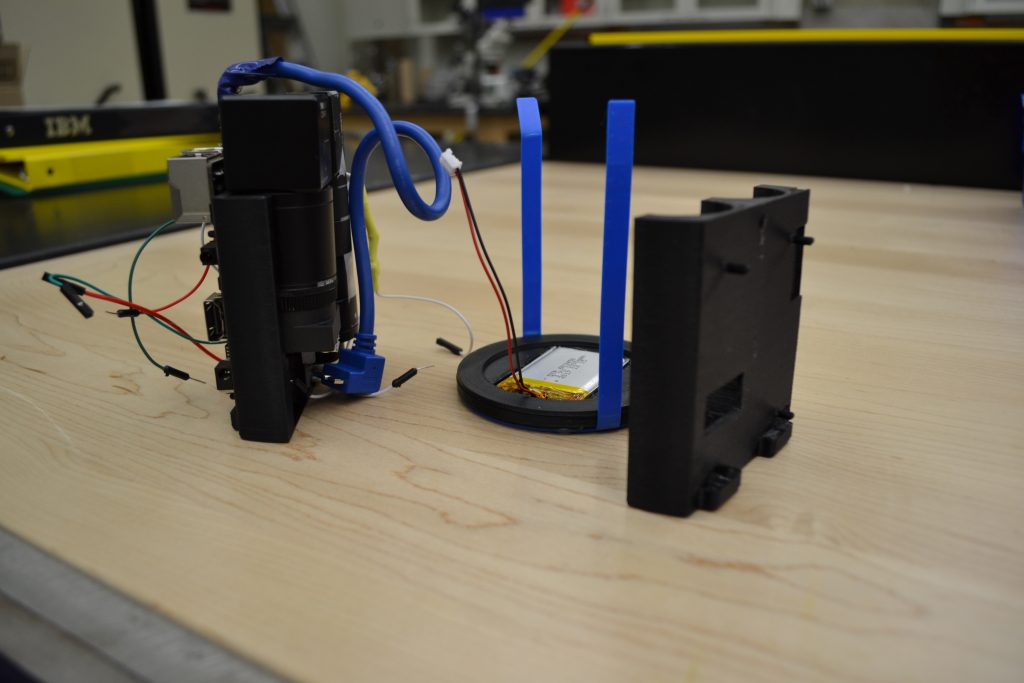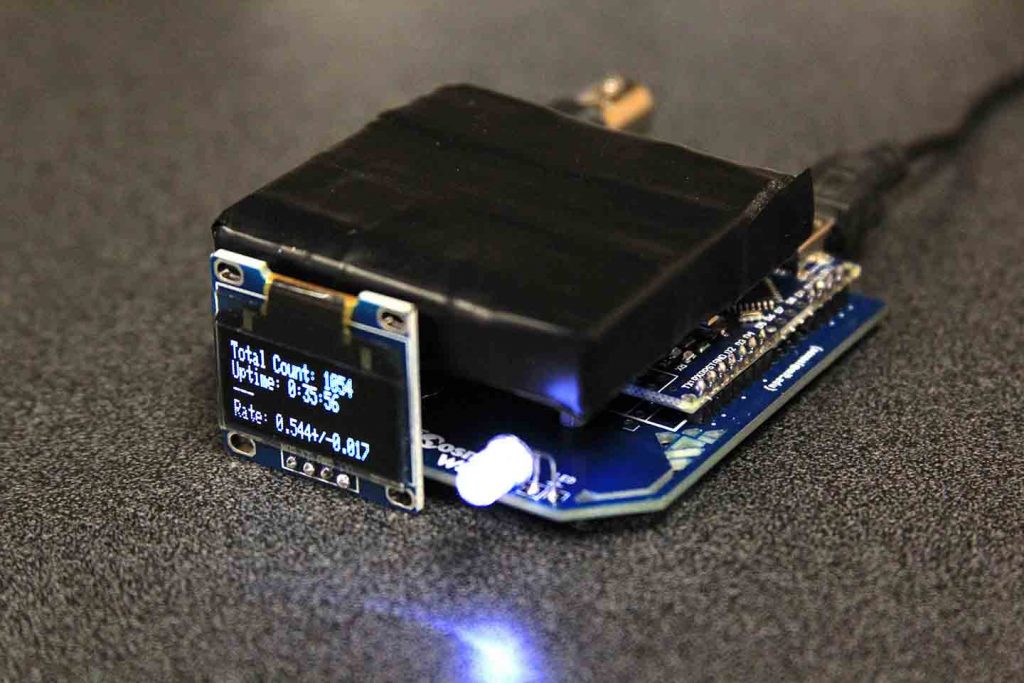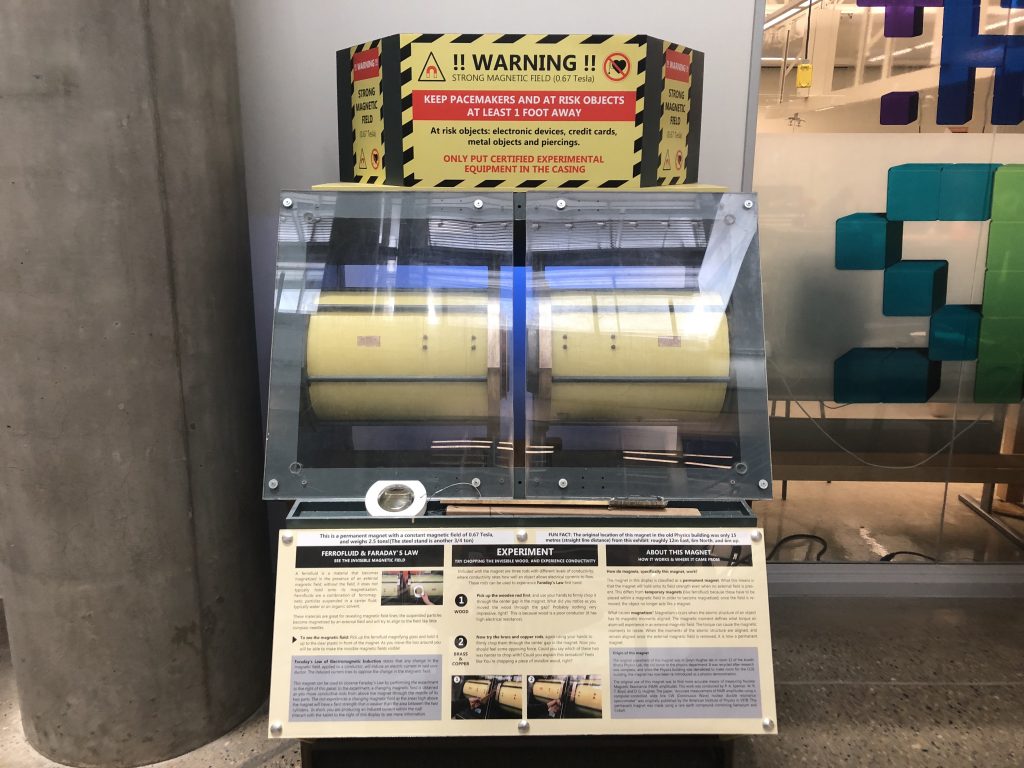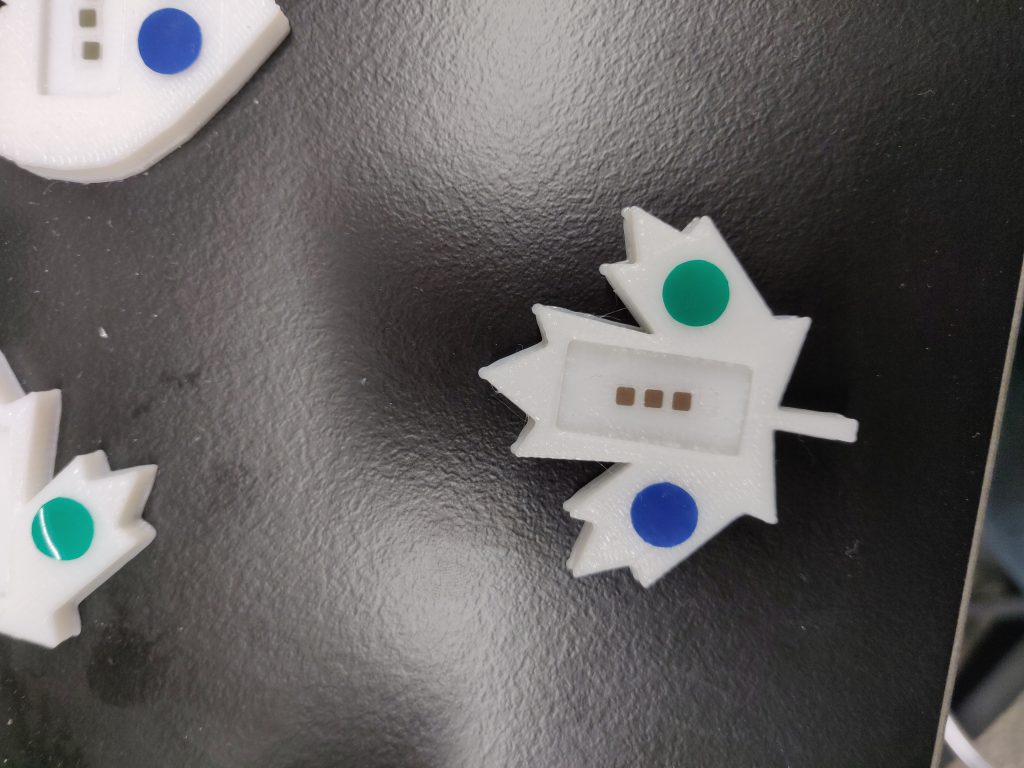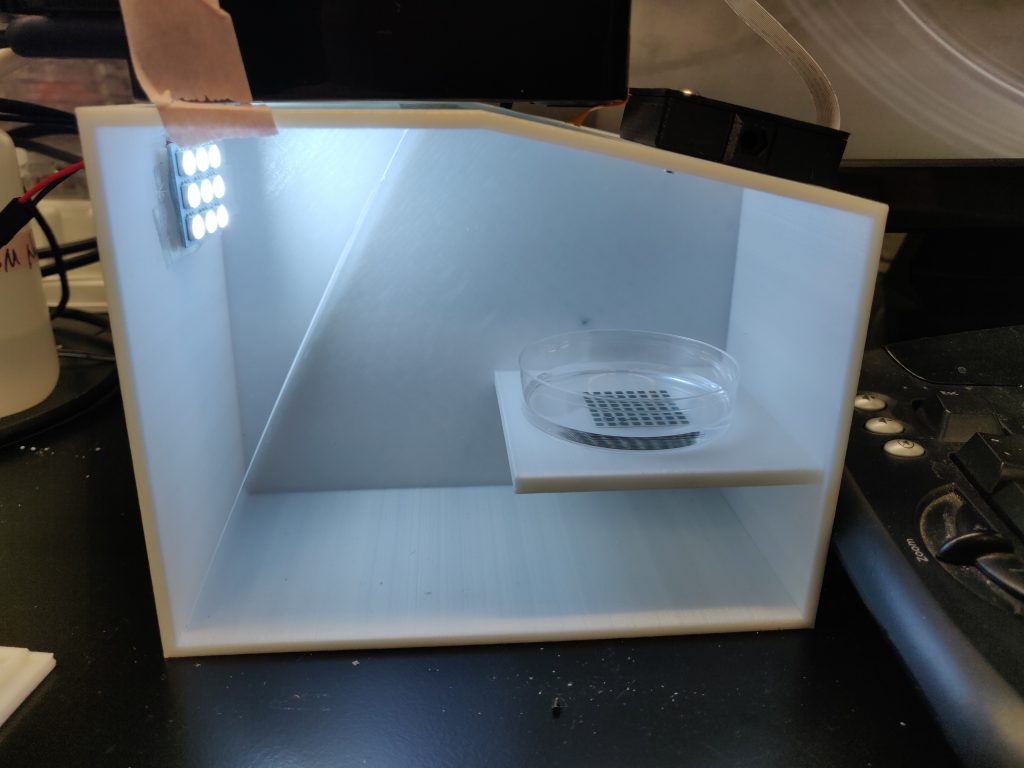Projects
Supporting Experimentation and Innovation
The Shack pursues a number of small- to large-scale projects with the goal of developing experiments that are both scientifically useful and engaging to students and the public. We offer support for students and volunteers to pursue their own projects, providing resources and assistance whenever they are needed.
What We're Making at The Shack
Learn more about all of the great projects and the people working on them at The Shack. Check out the descriptions below!
Catheter Driver
Maker: Amir Pournajib is a research assistant working with the Multi Media Research Group at the University of Alberta.
Idea: Amir is designing a catheter driver for use in the medical field. Insertion of catheters can pose a risk to doctors as an x-ray is often used to guide catheter insertion, increasing the doctor's risk to radiation as they often do multiple catheter insertions a day.
Project Details: This driver device could make it possible to insert a catheter remotely without posing a risk to the doctor. The current prototyped design is 3D printed and uses an Arduino Uno to drive stepper motors, allowing the catheter to be pushed forward and rotated at the same time. There is an application for machine learning, so the device can be taught the most effective technique for catheter insertion through trial and error.
Centrifuge Microscope
Makers: Logan Fairgrieve-Park and Tristan Stark
Idea: With the support of the Woodside Lab, The Shack is developing a centrifuge microscope.
Project Details: A centrifuge microscope combines great force with high magnification. By spinning a digital microscope set up within a centrifuge, samples can be imaged while under extremely high force.
Centrifuge microscopes have applications ranging from biophysics (analysis of protein folding and unfolding) to astrobiology (microorganisms in super gravitational environments).
The system will use a large bench-top centrifuge, a single board computer, and high precision optics to capture and send images over WiFi during operation. Nano-sized polystyrene beads will be used along with micro-mechanical membranes to calibrate the centrifuge microscope so it can be used for biophysics applications.
Cosmic Watch
Maker: Amy Au and Logan Fairgrieve-Park
Idea: The Shack is attempting to build a Cosmic Watch device.
Project Details: Cosmic Watch is an open source Muon (cosmic ray) detecting device that was developed at MIT. A plastic scintillator block produces photons when struck by a cosmic ray, which are then detected and amplified by a system of electronics.
Our aim is to recreate the device and fit it with upgrades, such as funneling the scintillator block to focus more light and installing fiber-optic cables for increased detection. Building this device involves populating the PCBs with components, laser cutting enclosures, and signal reading with an oscilloscope.
Tesla Magnet Demo
Maker: Clayton Coutu
Idea: The Shack has installed a 0.67 Tesla magnet in CCIS L2 for demos and display.
Project Details: Weighing 2.5 tonnes, this magnet was used in physics research to find accurate measurements of Nuclear Magnetic Resonance amplitudes. The magnet was decommissioned after its use in research was complete.
Along with the magnet, there is:
- a ferrofluid holder, which allows a person to see the strong magnetic field as the iron particles align with it,
- a number of bars of different materials nearby, which allow passers-by to feel the strong force the magnet produces,
- and a paddle wired with LED's that can be powered through induction by waving it through the strong magnetic field.
Come by The Shack and try everything out!
Serpe pH Sensor
Makers: The Serpe Group
Idea: The Serpe Group has been developing optical devices (etalons) that can be used for sensing and biosensing applications.
Project Details: Like butterfly wings and beetle shells, the colour of the etalons are a result of light interference after interaction with the device's structure. Etalons are cost effective devices that can quantify analyte concentration in real-time.
Monitoring water quality is extremely important for minimizing water-borne illnesses, and the current practice is to sample and transport the water to a lab for analysis. Water analysis is costly, and typically requires trained personnel to run the samples in a lab setting. The group uses 3D printing, photo boxes, and holders that have been designed for easy use with the etalons to accomplish their goals. They are also using reflectance spectroscopy along with RBG analysis of photographs acquired with the photo boxes to characterize the etalon's colour change in response to analytes.
The end goal is to have a portable device that can be used in the field to quantify various analytes in water samples.
